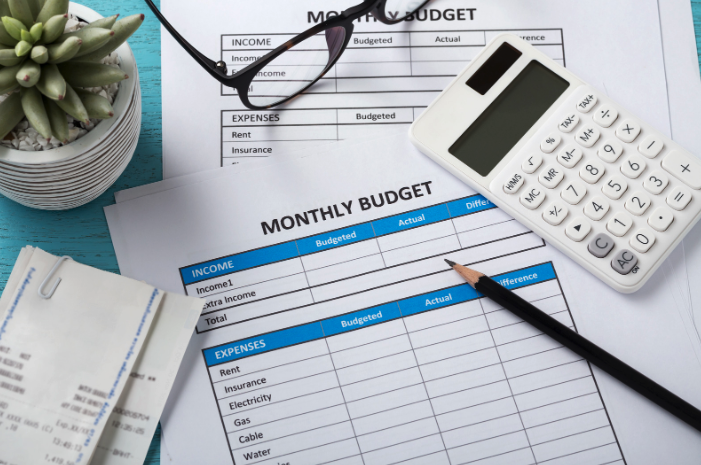Author: Aivie Doctora
Attaining financial freedom takes dedication and hard work. Financial literacy is a start, but it’s not enough. Clear awareness of your income and spending habits is essential, but you also need to know how much you can save to ensure you stay on that path.
That’s why monthly budgeting is so important — it’s not just a simple accounting system but an investment in your future.
Dealing with Monthly Budget
A monthly budget is a way to make sure you have enough money for the essential things you need for the month. It’s also a way to control your spending without thinking about it daily.
Five Ways to Make a Monthly Budget
1. Determine your Average Monthly Earnings
Calculating your income is probably one of the most intimidating aspects of building a budget. People often use their paycheck as a benchmark, but it’s essential to take expenses into account, these include: healthcare costs, rent, food, and so forth.
2. Track your Monthly Expenditures.
Tracking your expenditures over many months will help determine how much to budget. You may use applications to monitor and classify your spending, or you can keep receipts and do it manually.
Using applications can help you organize your expense and uncover ways to reduce and improve your financial health.
Depending on the category, you may pay more or less than expected. Taxes, auto insurance, health care, vacations, and vehicle/house maintenance should also be accounted for.
3. Prioritize your Spending and Saving Habits.
Once you’ve spent some time on a spending log, it’s time to sit down and evaluate whether your spending habits align with your goals.
It’s easy to blow over your budget on frivolous purchases if you don’t make an effort to monitor your spending.
When creating a budget, it’s unnecessary to restrict your spending to necessities alone. Instead, you should put your money where you think it will do the most good.
Consider what matters most to you in terms of happiness and fulfillment, as well as your financial objectives and ambitions. As you become more conscious of your expenditures, you may elect to save money or engage in personally gratifying hobbies.
4. Have a Budget Template
Spending plans should be made with a given goal. Put savings whether for an emergency fund, a new vehicle, a down payment on a house, or anything else, at the top of your budget. You can also do what investing guru, Warren Buffett advises.
In the next step, you’ll want to examine your current spending patterns in light of your values. You may use your spending history as a reference for your budget if it already reflects your desired outcomes. Instead of trying to fit your current spending patterns into a newly created budget, consider starting again.
The 50/30/20 rule is often a rough guideline when creating a budget. The approach suggests setting aside 20% for savings and allocating 50% to meeting basic living expenses. Where your money goes inside these buckets is entirely up to you.
5. Adjust your Spending
Budgets may be seen as adaptable strategies in this light. You need to monitor your expenditures and make every attempt to stay within your set budget.
However, you may realize that your goals and living conditions change over time, or your actual spending habits differ from what you had planned. Every six months or once a year, you should review your budget to make sure you are still on track. If your income or spending habits change, you may modify your budget appropriately.
Conclusion
Budgets aren’t for everyone. Some prefer to live by the motto “spend as you go.” It’s not a smart way to live, but it is an option. Not everyone needs to bother with setting up a monthly budget. The key takeaway from this piece is that you must take control of your money, even if it means sacrificing a little now for greater earnings down the road.

